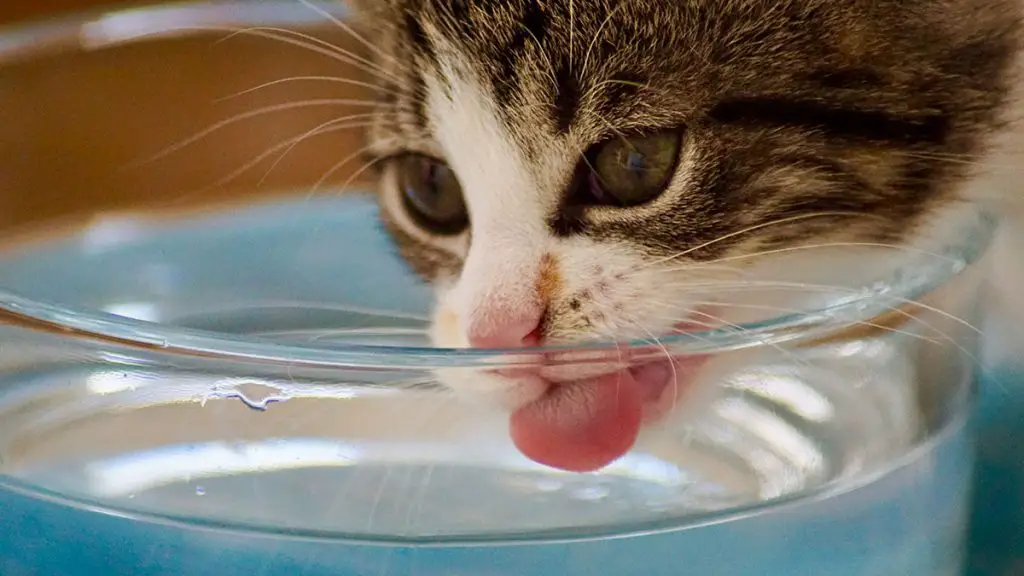As a cat owner, you want to make sure your furry friend is healthy and happy. One of the most important aspects of cat care is ensuring that your cat stays hydrated. In this article, we’ll explore the topic of cat hydration and answer the question, “How much water should my cat drink each day?”

The Importance of Water for Cats
Water is essential for the proper functioning of a cat’s body. It helps regulate body temperature, aids digestion, and transports nutrients throughout the body. Cats also use water to flush out waste products and toxins from their system. A lack of water can lead to serious health problems, including dehydration, urinary tract infections, and kidney disease.
How Much Water Should My Cat Drink Each Day?
The amount of water a cat needs to drink each day varies based on several factors, including their age, size, and activity level. On average, a cat needs to consume about 2.5-4.5 ounces of water per 5 pounds of body weight daily, according to google content requirement policy. For example, a 10-pound cat would need to drink approximately 5-9 ounces of water per day.
However, it’s important to note that some cats may require more or less water based on their individual needs. Factors such as their diet, health status, and environment can all affect their water intake.
Signs of Dehydration in Cats
It’s important to monitor your cat’s water intake and watch for signs of dehydration. Some common signs of dehydration in cats include:
- Sunken eyes
- Lethargy
- Dry mouth and nose
- Loss of appetite
- Decreased skin elasticity
- Dark yellow urine
If you notice any of these signs, please contact your veterinarian immediately.
Tips for Encouraging Your Cat to Drink More Water
If your cat is not drinking enough water, there are several things you can do to encourage them to do so:
- Provide fresh, clean water in a clean bowl daily.
- Try using a pet water fountain. Cats are attracted to the sound and movement of running water, which may encourage them to drink more.
- Offer wet food in addition to dry kibble. Wet food contains more moisture, which can help keep your cat hydrated.
- Add a little water to your cat’s food. This can help increase their water intake and aid digestion.
- Provide multiple water stations throughout your home. This can help ensure your cat always has access to water, especially if you have a multi-level home.
Frequently Asked Questions
Can cats get enough water from their food?
Cats can get some of their daily water intake from their food, especially if they eat wet food. However, it’s important to still provide fresh, clean water for them to drink.
How can I tell if my cat is drinking enough water?
The best way to tell if your cat is drinking enough water is to monitor their water intake and watch for signs of dehydration.
Should I be concerned if my cat drinks too much water?
Yes, excessive water intake can be a sign of an underlying health problem, such as kidney disease or diabetes. If you notice that your cat is drinking more water than usual, please contact your veterinarian.
Conclusion
Keeping your cat hydrated is essential for their health and wellbeing. As a responsible pet owner, it’s important to make sure your cat has access to fresh, clean water at all times and monitor their water intake. If you notice any signs of dehydration or excessive water intake, please consult with your veterinarian as soon as possible.
By following the tips outlined in this article and providing your cat with the proper amount of water each day, you can help ensure that your feline friend stays healthy and happy for years to come. Remember, a well-hydrated cat is a happy cat!
